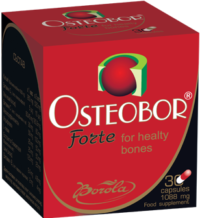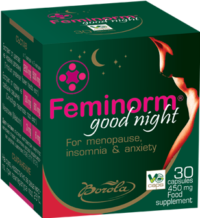Bone Health
Bones serve many vital functions in our bodies. They give us structure, protect our organs, store calcium, and contain bone marrow where blood cells are formed. Bones are living tissues that constantly rebuild and reshape – old bone tissue is constantly and gradually replaced with new bone tissue. Until our mid-twenties, bone formation is higher than bone absorption leading to bone growth in length and density. For about a decade after, our bone mass plateaus as bone formation is about the same as bone absorption. Subsequently, bone mass starts to decrease.
To ensure bone health during our youth and to prevent or slow down bone mass loss as we age, we should get enough exercise, Vitamin D and calcium. This is especially important for those at higher risk of bone diseases such as osteoporosis, in which bone mass decreases with age, making bones more brittle.
For example, during menopause (for about 5-7 years) women’s bone mass loss is highly accelerated due to dropping levels of the hormone estrogen. Other factors that can affect bone health include:
– physical inactivity,
– insufficient Vitamin D and calcium intake,
– tobacco and alcohol use,
– gender, body size and age (e.g. older women with small body frame with a body mass index of 19 or less are more likely to develop osteoporosis than the average men as these women have a lower bone mass from which to draw as they age),
– race (white or Asian are at a greater risk of osteoporosis),
– eating disorders (such as anorexia or bulimia),
– certain medications (e.g. corticosteroids, aromatase inhibitors, selective serotonin reuptake inhibitors, etc.), and
– genes and family history of osteoporosis.
Bone Health
Antioxidants & Vitamins
Bone Health
Bone Health
Bone Health
Antioxidants & Vitamins







